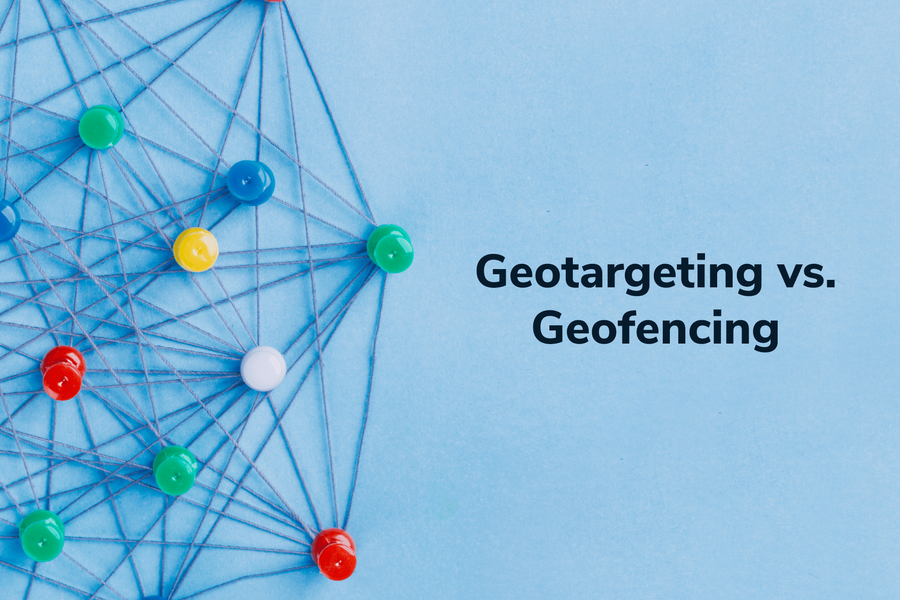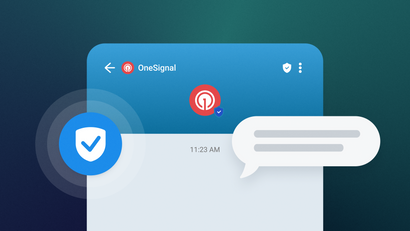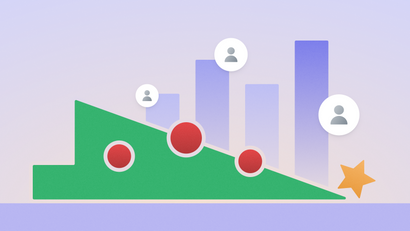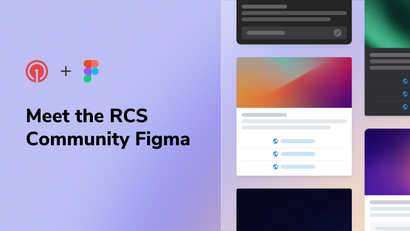Marketers are increasingly using location data to drive impactful campaigns. One survey found that 83 percent of marketers saw more successful campaigns using location data.
In today’s digital marketing sphere, companies are pulling out various targeting strategies to better cater content to their end users. If location-based targeting isn’t already in your marketing wheelhouse, you should consider the benefits it could provide for your campaigns.
There are various approaches to location-based targeting, which is broadly defined as geotargeting.
Location data can be the basis for an app’s core functionality and it can also drive your mobile app’s advertising and marketing strategy.
What is Geotargeting?
Geotargeting is the broad term for location-based marketing or geographic consumer targeting. This term generally refers to segmenting your audience based on their location and sending them more specialized marketing or advertising campaigns from your brand. In this process, you can not only meet local users with hyper-relevant content but also avoid sending irrelevant content to users in locations where a given campaign is less likely to resonate.
An example of basic geotargeting is identifying a user by their country using their IP address. This can be configured by applying data filters or segments, for instance.
You can, for instance, send a user a geotargeted push notification advertising a deal based on the regional location of your fast food chain. Your menu differs across the countries you operate in based on local ingredients and cultural preferences. You can geotarget users in each country with location-specific cross-channel campaigns advertising these locally tailored products based on the location data you collect on your user base.
A user in Spain, for instance, might receive a series of push and email messages advertising beverages you’ve developed themed around the next El Clasico.
In contrast, your American users may receive a different series of messages catered to your Super Bowl-themed beverage promo.
Geotargeting is generally achieved with a user’s IP address, which can identify their presence down to a general area such as zip code. Your geotargeting segmentation strategy can also incorporate other types of user data, such as preferences, behaviors, and activity. In this way, geotargeting segments often layer in other criteria.
How is Location Data Collected?
In order to collect geographic data from your users, your company can use a variety of technologies.
Cell Data—One common way to target users by location is using cell tower data, which is useful when GPS signals are weak or nonexistent.
IP Address— location data can be tracked using a user’s IP address associated with the device in question
Self-Reported— when your users voluntarily give you their address, you can leverage this info by converting the data into GPS coordinates and subsequently create a location-based profile for the given user.
What is Geofencing?
Geofencing is a specific type of geotargeting in which marketers set a specific point, radius, or area in which to target their users with location-based campaigns.
Geofencing involves process of outlining specific geographic boundaries for your campaigns. When a user enters the area you’ve defined, you then trigger advertising content or messaging based on their activity within these borders. You can draw geofences of various sizes, from the size of your store to the size of an entire city. It all depends on what your intention is with your campaigns.
Geofences are essentially a very precise type of geotargeting. When a customer crosses into the area you’ve defined, a subsequent message is triggered, such as an SMS coupon for a buy one get one free ice cream deal from your shop, or a push notification showcasing a beach-themed drink promo at your fast food chain’s beachside location.
Geographic targeting can provide a variety of benefits for your marketing campaigns, especially if you operate in various brick-and-mortar locations across a single country or even multiple countries.
Geofencing generally works by leveraging GPS data. In contrast to geotargeting, geofencing doesn’t usually layer in additional targeting criteria. Instead, it captures any user who walks into the physical range of your cafe, outlet, or store’s neighborhood. This means you’re targeting users solely based on location data, and cannot incorporate other data that might qualify them for a campaign. Geofencing is also more real-time than geotargeting, allowing you to target users as soon as they enter a competitor’s store, for example.
Geofencing is ideal for areas of around 50 to 50,000 meters, offering a more precise range than geotargeting.
Best Practices for Collecting Locations Data
In order to collect location data through your app, you should understand standards for both Android and iOS devices. Location permissions are a hot topic in the mobile app world, and you’ll want to stay on the latest developments in privacy if you intend to use geotargeting in your messaging campaigns.
Android
Android’s framework contains several use cases with differing requirements for each.
In their documentation, Android breaks down their permissions into foreground location and background location as well as precise location and approximate location.
Foreground location is relevant if your app uses location one time only, such as to provide a single set of directions to your navigation app. Access to a user’s background location is required if you’re using the Geofencing API.
It’s likely that most of the time, although some of your app features may require location permission, not all will require background location access. As such, your app may gradually work up to requesting background location so as not to jump the gun on asking for all these location permissions at once. This way, users can maintain a sense of agency and take the time to understand why your app needs these permissions to function before agreeing to sharing their background location.
iOS
In iOS, apps can leverage a device’s cellular, wifi, GPS, and Bluetooth data to pinpoint users’ locations. Your apps must request users’ explicit permission to track location the first time you access a user’s location.
In iOS, certain apps will use location only while the app is in use in the foreground. Others will continue to use location while they are in the background, which is indicated by a blue pill in the phone’s status bar.
Users can give an app “While in Use” permission, after which the app may also request background permission. If you give an app permission to track location in the background, the iOS device routinely will inform you that it’s tracking location, and will request your continued permission to do so.
Users can also disable location services in their privacy settings, if they are concerned about their location being tracked.
Using OneSignal’s In-App Messages to Request Location Permission
When prompting users for location tracking, it is best to inform your them why this is recommended. People don't usually share their location without a good reason. Today’s consumers are concerned with privacy and want to be kept aware of how their data is tracked. As such, you’ll want to break down exactly what you’re using their location data for, and what extra functionality they will enable by sharing it.
As users may be cautious or worried about location tracking, you’ll want to think about the timing of your ask. For instance, let’s say you’re operating a fitness app that uses location to help users chart their runs and walks You may use in-app messaging to get people to allow auto-tracking, both during onboarding and later on in their lifecycle.
Get Started with OneSignal
OneSignal is designed to help you send notifications and seamlessly manage your user communication across various channels, including mobile push notifications, web push notifications, bulk SMS, in-app messaging, and email. Our platform is quick to set up and makes it easy to send eye-catching messages without doing any development work. If you don't have a OneSignal account, you can create one for free and start sending push notifications to your users today. Don't take our word for it — simply sign up and see for yourself!
Listen to Podcast



